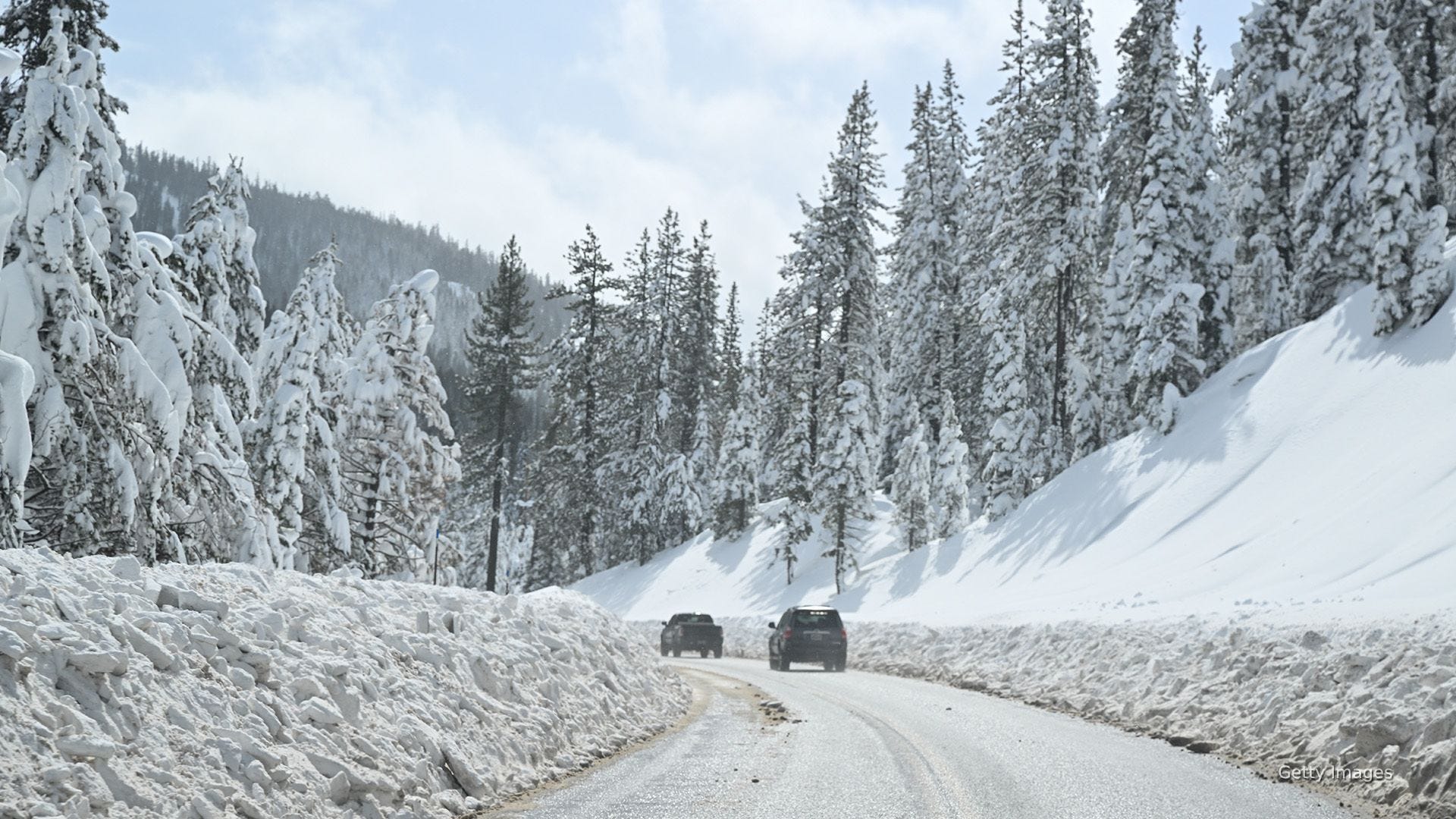California faces heat wave weeks after earliest snow advisory in 20 years

California is facing a record-breaking heatwave, and some cities are seeing temperatures that are 20 degrees above average, weeks after state issued its earliest snow advisory, according to meteorologists.
"We have a period going on of above-normal temperatures impacting much of the interior Northern California," Katrina Hand, a meteorologist with the National Weather Service in Sacramento, told Paste BN.
The interior part of Northern California, which includes cities like Sacramento, Stockton and Modesto, is seeing temperatures in the upper 90s and lower 100s, according to Hand.
The temperature in those areas is generally in the mid-80s at this time of year.
"So, we're about 15 degrees or so above the climatological average," said Hand.
Areas in Southern California are also facing elevated temperatures, according to the National Weather Service.
On Wednesday, Los Angeles saw temperatures of 90 degrees. Santa Clarita, which is more inland, measured at 103 degrees.
Snow advisory weeks ago
In the middle of September, California issued its earliest snow advisory in the past 20 years, according to previous reporting from Paste BN.
The Sierra Nevada Mountains, around 171 miles southeast of Sacramento, were expected to get several inches of snow.
A late heatwave
On Wednesday, San Francisco, which is around 88 miles southwest of Sacramento, saw a high of 95 degrees, according to Heather Zehr, a senior meteorologist with AccuWeather. The city's temperature is usually at 79 degrees around this time of year.
Usually, the San Francisco's temperature peaks during September, which is "true for a lot of California," said Zehr. This is because the winds that keep the Bay area cooler are coming from inland more often instead of from the ocean. The winds that do come from the sea will also be a bit higher in temperature around this time.
"So, while the rest of us are thinking about fall, they're just kind of getting into the warmest part of the year," Zehr told Paste BN.
However, on average, the city will see highs below 80 degrees, according to the meteorologist.
On Sept. 19, or the "hottest day of the year," according to Weather Spark, the temperatures in San Francisco ranged from 58 to 72 degrees.
When is the California heatwave supposed to end?
A heat advisory has been placed on Delta, Sacramento, Northern San Joaquin Valleys and the adjacent foothills until 11 p.m. PT Friday, according to the National Weather Service.
"We see those above-normal temperatures continue tomorrow and into the weekend before gradually cooling Sunday into next week," said Hand.
What to do during a heat wave
Both Hand and Zehr recommend people stay hydrated and avoid spending too much time outdoors.
"The best thing that you can really do is, as much as possible, try to stay in the shade if you need to be outdoors," said Zehr. "Try to stay in as cool of an environment as possible."
Until the heat wave is over, people in affected areas should monitor the weather and practice heat safety, said Hand.
Heat safety measures include the following, according to the National Park Service:
- Packing sun protection, like sunscreen, a hat and sunglasses, to minimize sun exposure.
- Bringing water if commuting or spending time outdoors
- Eating salty snacks to replace electrolytes lost while outdoors
- Rest often in the shade
- Stop outdoor activity if it starts to get too hot
Zehr adds that anyone who does need to be outdoors should take as many breaks as possible and wear loose, light clothing that is also light in color.
"Dark colors can absorb heat from the sun and increase your body temperature," according to the NPS.
Zehr also advised people facing the heat wave to avoid drinking alcohol, which can cause dehydration.
Heat illness symptoms
There are multiple forms of heat illnesses, but heatstroke is the deadliest and most dangerous, according to the NPS.
Symptoms of heatstroke include the following, according to the Centers for Disease Control and Prevention:
- Body temperature of 103 degrees or higher.
- Skin that is hot, red, dry or damp
- Fast, strong pulse
- Headache
- Dizziness
- Nausea
- Confusion
- Losing consciousness
In the case of a heatstroke, the CDC recommends people do the following:
- Call 911 immediately
- Move the person suffering from heatstroke to a cool location
- Lower the person's body temperature with a cool clothing or bath
- Do not give the person suffering from heatstroke water or anything to drink